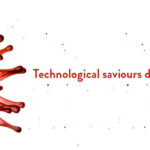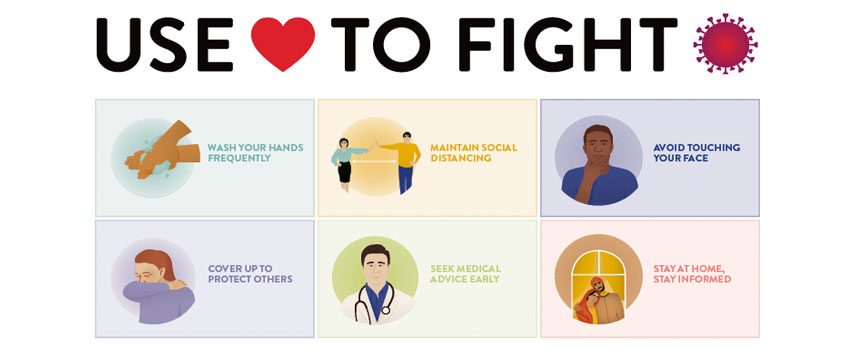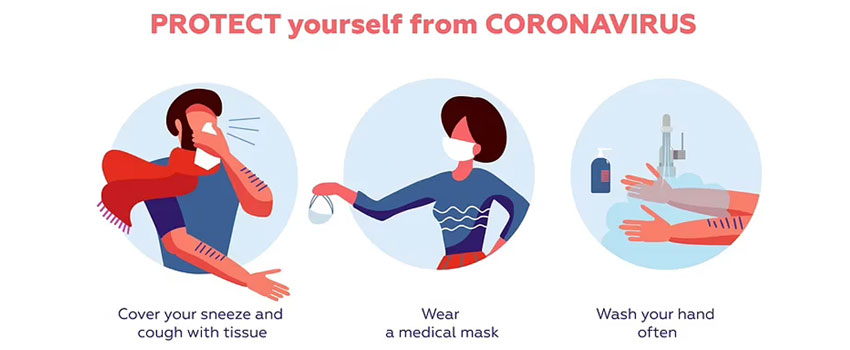Firstly, artificial intelligence, or AI, has been of great use to governing bodies prevention of Covid-19 . AI in the form of mobile applications has been used to track people’s whereabouts and notify them of exposure to the virus.
The NHS Covid-19 app is an example of AI being used as a mobile application to help stop the spread of the virus. The NHS Covid-19 app does a multitude of different things; contact tracing, symptom information and forms as well as checking into venues (for contact tracing purposes) and booking covid tests.
However, it is crucial to note that important data may be missed, for example, when in a spot with no service or when people don’t have their mobile device on them. Another issue with mobile phone technology to prevent coronavirus cases is that applications rely on people to have the apps downloaded on their devices, which cannot be guaranteed.
Next, technology has been used in screening for the coronavirus. For example, infrared thermal cameras are being used to capture thermal images in real-time. This has been used in Taiwanese airports for quick thermal capturing, efficient in spotting individuals with a fever or high temperature. Similarly, Singapore uses thermometers in schools, public transports and workplaces to identify where cases are rising. This is useful in monitoring where cases are increasing so restrictions have to be placed and where relative freedom can be allowed.
Contact tracing is of the utmost importance to halt the spread of the virus. prevention of Covid-19 South Korea in particular has used a variety of techniques to ensure rigorous contact tracing. South Korea has used security camera footage, facial recognition technology and GPS data for real-time, detailed data of where people are. By identifying and isolating infections early, South Korea has maintained among the lowest per-capita mortality rates in the world according to Whitelaw et al (Whitelaw, Mamas, Topol and Van Spall, 2020).
However, contact tracing using such data is not without issues. The main ones being that not all exposure requires quarantine, for example when wearing PPE. Additionally, data gathered from contact tracing data is not always easy to follow up on. Some countries and locations use fines or other consequences as an incentive for people to self isolate themselves when required to do so.
Thus, technology has been and continues to be a significant tool that is necessary to make full use of to effectively prevent and limit the spread of coronavirus. It is essential to consistently implement technological measures to ensure quick effective tracking and monitoring of the virus to save lives.










